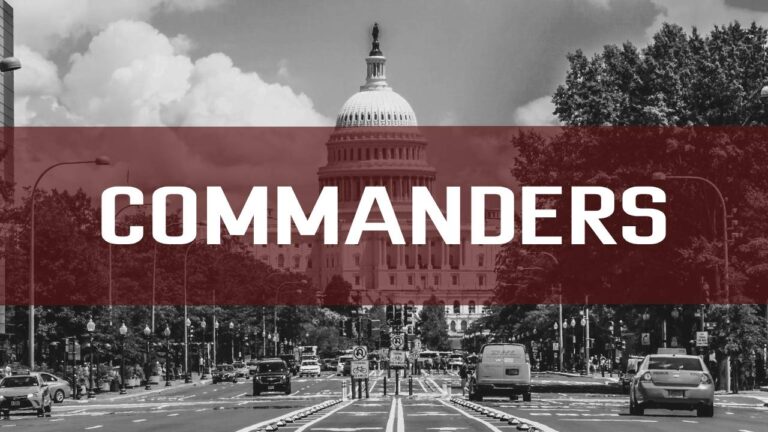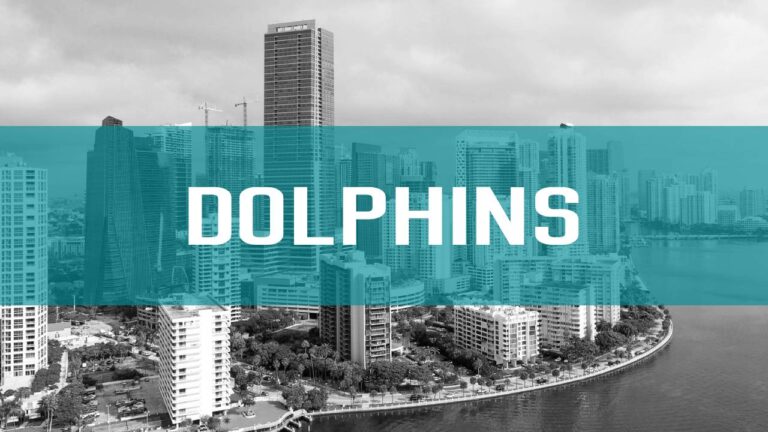Just what exactly are the Miami Dolphins thinking?
This week we have seen the blockbuster trade of Jalen Ramsey and Jonnu Smith to the Pittsburgh Steelers, in exchange for Minkah Fitzpatrick and a swap of late-round draft choices.
Since then, I have been trying to understand exactly what the plan is for the Miami Dolphins for 2025 and beyond.
However, before I could continue that thought, they traded a sixth-round pick for the right to bring Darren Waller out of retirement from the New York Giants.
So, let us look at the events of this week in more detail and try to determine what they might mean, both now and for the next couple of years.
Cap management and fiscal strategy
The Ramsey and Smith departures were not so much a question of performance but cost.
Ramsey clearly had a down year, plus financial guarantees and a desire for a restructure that Miami was not willing to match. Fresh off a career season, Smith’s demands were also not aligned with Miami’s valuation.
Dealing them both for Fitzpatrick and a pick saves cap space now and beyond. It also gives them greater flexibility to build toward the financially challenging 2026 and 2027 seasons.
Rebuilding the secondary
Losing Ramsey created a gap but Miami reloaded with Fitzpatrick, an All-Pro safety familiar with the organisation who cost less. They also bolstered depth with Ashtyn Davis and Ifeatu Melifonwu.
The move tilts Miami toward youth and flexibility in the back end of their defense. That said, Miami will still need a veteran cornerback to add to the current group.
Addressing tight end
Smith’s departure opened a gaping hole at tight end.
Enter Waller, a proven veteran who stepped out of retirement. He brings upside and familiarity in the red zone, allowing Miami to compete now, even as they aim for longer-term alignment.
Waller had career years when coached by Frank Smith at the Las Vegas Raiders. If fit and focused, the mercurially talented Waller could produce monster numbers.
Draft capital and future outlook
The net draft return – a swap up in the fifth round – signals forward planning. Miami continues to accumulate future assets, positioning for key 2026 and 2027 draft classes with potential quarterback and skill-position depth.
Strategic summary
Short term (2025): Miami aims to remain competitive. Waller’s addition fills an immediate offensive need and Fitzpatrick shores up the secondary. The moves suggest a tactical balancing act between current success and fiscal prudence.
Medium term (2026–27): These moves reveal forward-looking objectives: gaining cap space to manage Hill, Phillips and Tagovailoa; valuable youth and draft flexibility; and an ability to lean into future drafts.
Intent: General Manager Chris Grier and coach Mike McDaniel are conveying a “do more with less” ethos. The message? Retain competitiveness even while trimming and planning for the future.
In essence, the Dolphins’ flurry of trades this week is a textbook example of strategic roster engineering: shedding cost while preserving competitiveness and stockpiling future capital.
Whether the balance tilts correctly will rest on Waller’s impact in 2025, a much-needed playoff win and Miami’s ability to convert draft capital into long-term success.






